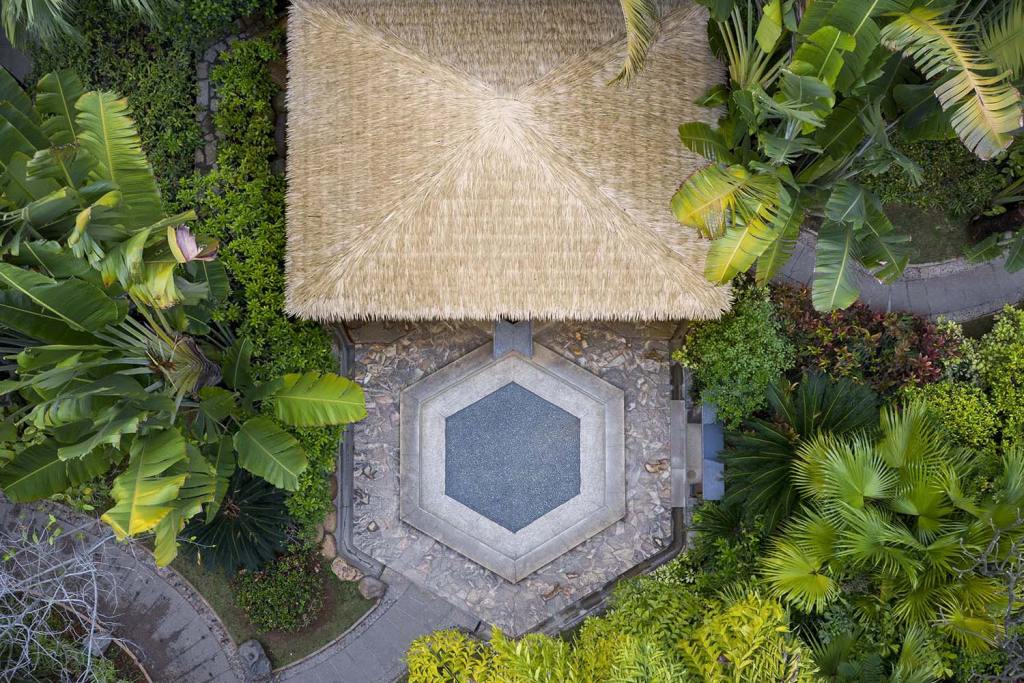Synthetic Thatch vs Natural Thatch: Which is Right for You?
Introduction
When it comes to creating a tropical oasis in your backyard or sprucing up a tiki bar, choosing the right thatching material is crucial. The decision between synthetic thatch and natural thatch is a pivotal one. Both options have their unique set of advantages and disadvantages, and the choice you make will significantly impact the look, feel, and longevity of your project. In this article, we will delve into the key differences between synthetic and natural thatch, helping you decide which one is the perfect fit for your needs.
Section 1: Aesthetics and Authenticity
 Synthetic Thatch
Synthetic Thatch
Synthetic thatch is engineered to mimic the appearance of natural thatch. The manufacturing process involves creating materials like PVC, high-density polyethylene, or metal, which are designed to resemble traditional palm fronds. While synthetic thatch comes close to replicating the look of natural thatch, it can sometimes appear slightly artificial when scrutinized up close.
Natural Thatch
Natural thatch, on the other hand, is the real deal. It’s made from dried palm leaves, grass, or reeds, offering an authentic tropical appearance. The irregularities in texture and color variations give natural thatch a genuine, rustic charm that’s hard to replicate. If you’re going for an authentic, traditional look, natural thatch is the way to go.
Section 2: Durability and Maintenance
Synthetic Thatch
One of the significant advantages of synthetic thatch is its durability. It’s resistant to pests, mold, and UV rays, ensuring that it doesn’t deteriorate quickly. Moreover, synthetic thatch is incredibly low maintenance. It doesn’t require regular cleaning, and you won’t need to worry about replacement for many years.
Natural Thatch
While natural thatch is authentic and charming, it requires more maintenance. It can be susceptible to pests, rot, and discoloration due to UV exposure. Maintenance, such as applying fire retardants and occasional replacement, is necessary to keep natural thatch in good condition.
Section 3: Environmental Impact
Synthetic Thatch
Synthetic thatch is typically made from non-biodegradable materials. This can have an environmental impact, especially when it comes time for disposal. PVC, for example, doesn’t break down easily in landfills. If you’re environmentally conscious, this might be a significant drawback.
Natural Thatch
Natural thatch is a more eco-friendly choice. It’s biodegradable and doesn’t contribute to environmental pollution. When it’s time for replacement, you can dispose of it without worrying about harming the environment.
Section 4: Cost Considerations
Synthetic Thatch
Synthetic thatch often comes with a higher initial cost, but its long lifespan and minimal maintenance expenses can make it a cost-effective choice in the long run.
Natural Thatch
Natural thatch is usually more affordable upfront. However, ongoing maintenance and replacement costs can add up over time, making it a potentially more expensive option in the long term.
Section 5: Conclusion
In the battle between synthetic thatch and natural thatch, there is no clear winner. The right choice depends on your specific needs and priorities.
If you value authenticity and are willing to put in the effort for maintenance, natural thatch might be your preferred choice. It provides an unparalleled traditional look and eco-friendly features.
On the other hand, if you prioritize durability, low maintenance, and a more extensive range of design possibilities, synthetic thatch is the way to go.
Ultimately, your decision should align with your aesthetic preferences, budget, and environmental considerations. Both synthetic and natural thatch have their merits, so choose the one that brings your tropical paradise to life while catering to your unique requirements.
In the end, the decision between synthetic and natural thatch comes down to your individual needs and priorities. Whichever you choose, your outdoor space is sure to be transformed into a lush, inviting tropical escape.

